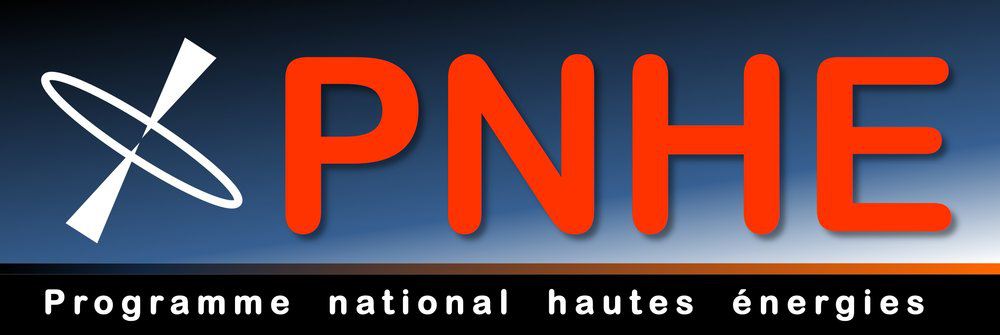Présidents de session
Dark matter + Multiwavelength studies of BH
- Francesca Calore (LAPTh, CNRS)
Unsuccessful searches for new physics in the TeV domain at the LHC so far cast some doubt about the predictivity level of some theoretical frameworks beyond the standard model of particle physics that lead to dark matter candidates. Hierarchies among scenarios have been reshuffled and are now more and more ruled according to the plausibility of dark matter production in the early universe....
Context. The Schwarzschild precession of the star S2 which orbits the massive black hole at the centre of the milky way could recently be detected with $\sim12\,\text{arc-minutes}$ per orbit by GRAVITY Collab. et al. (2020). The result also improved the $1\sigma$ upper bound on a possibly present dark continuous extended mass distribution (e.g. faint stars, stellar remnants, stellar mass...
The Fermi GeV excess has kept physicists busy for the past decade. First attributed to dark matter annihilation, the favored explanation to date is an unresolved population of millisecond pulsars (MSPs), hiding in the Galactic Bulge. In order to prove this hypothesis, a multi-wavelength study is now needed. In a recent work [arXiv:2012.03580], we demonstrated that if the GeV excess is caused...
The planet-size network of millimeter antennas Event Horizon Telescope (EHT) has recently deliv-ered images of the surroundings of the supermassive compact object M87* at the center of the galaxy Messier 87. Such images are crucial to better understand the physics at play in a strong gravitational field environment. They might also allow to probe the extreme relativistic effects on the...
Polarimetry has proven to be one of the most resourceful observational methods in astronomy, but it is probably in the field of quasars that polarimetry contributed the most. And what better waveband to observe quasars than in the ultraviolet? This is both where the quasar's central engine (a supermassive black hole and its accretion disk) emit the most, and where the polluting starlight...

